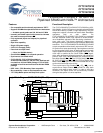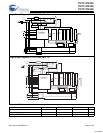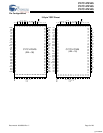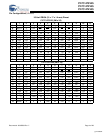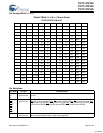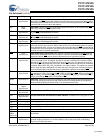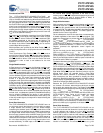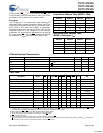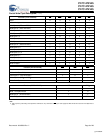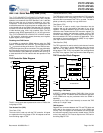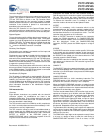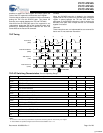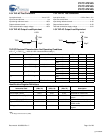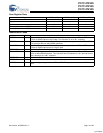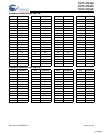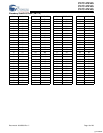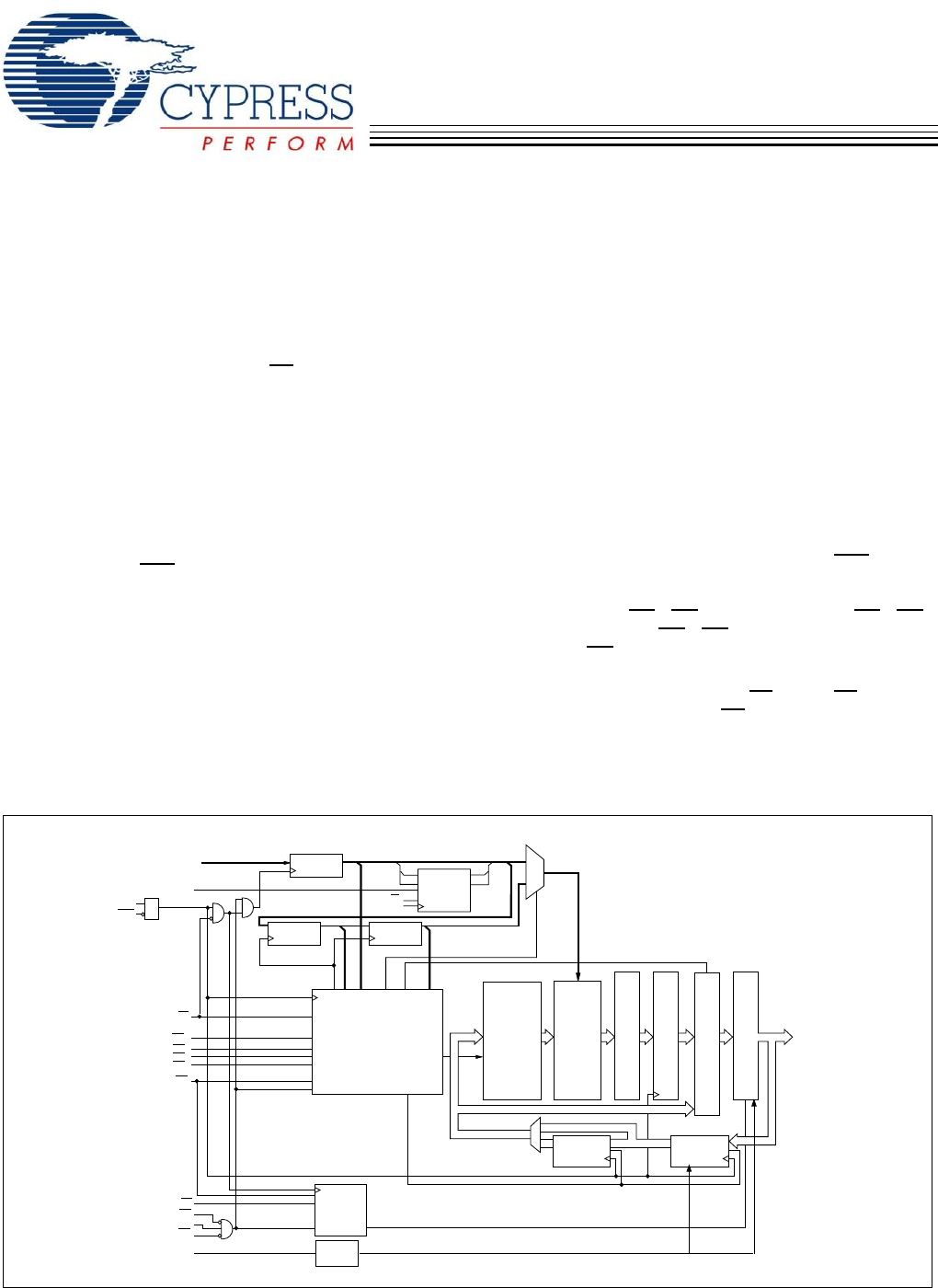
72-Mbit(2M x 36/4M x 18/1M x 72)
Pi
p
elined SRAM with NoBL™ Architecture
CY7C1470V25
CY7C1472V25
CY7C1474V25
Cypress Semiconductor Corporation • 198 Champion Court • San Jose, CA 95134-1709 • 408-943-2600
Document #: 38-05290 Rev. *I Revised June 21, 2006
Features
• Pin-compatible and functionally equivalent to ZBT™
• Supports 250-MHz bus operations with zero wait states
— Available speed grades are 250, 200 and 167 MHz
• Internally self-timed output buffer control to eliminate
the need to use asynchronous
OE
• Fully registered (inputs and outputs) for pipelined
operation
• Byte Write capability
• Single 2.5V power supply
• 2.5V/1.8V I/O supply (V
DDQ
)
• Fast clock-to-output times
— 3.0 ns (for 250-MHz device)
• Clock Enable (CEN
) pin to suspend operation
• Synchronous self-timed writes
• CY7C1470V25, CY7C1472V25 available in
JEDEC-standard lead-free 100-pin TQFP, lead-free and
non-lead-free 165-ball FBGA package. CY7C1474V25
available in lead-free and non-lead-free 209 ball FBGA
package
• IEEE 1149.1 JTAG Boundary Scan compatible
• Burst capability—linear or interleaved burst order
• “ZZ” Sleep Mode option and Stop Clock option
Functional Description
The CY7C1470V25/CY7C1472V25/CY7C1474V25 are 2.5V,
2M x 36/4M x 18/1M x 72 Synchronous pipelined burst SRAMs
with No Bus Latency™ (NoBL™) logic, respectively. They are
designed to support unlimited true back-to-back Read/Write
operations with no wait states. The
CY7C1470V25/CY7C1472V25/CY7C1474V25 are equipped
with the advanced (NoBL) logic required to enable consec-
utive Read/Write operations with data being transferred on
every clock cycle. This feature dramatically improves the
throughput of data in systems that require frequent Write/Read
transitions. The CY7C1470V25/CY7C1472V25/CY7C1474V25
are pin-compatible and functionally equivalent to ZBT devices.
All synchronous inputs pass through input registers controlled
by the rising edge of the clock. All data outputs pass through
output registers controlled by the rising edge of the clock. The
clock input is qualified by the Clock Enable (CEN
) signal,
which when deasserted suspends operation and extends the
previous clock cycle. Write operations are controlled by the
Byte Write Selects (BW
a
–BW
h
for CY7C1474V25, BW
a
–BW
d
for CY7C1470V25 and BW
a
–BW
b
for CY7C1472V25) and a
Write Enable (WE
) input. All writes are conducted with on-chip
synchronous self-timed write circuitry.
Three synchronous Chip Enables (CE
1
, CE
2
, CE
3
) and an
asynchronous Output Enable (OE
) provide for easy bank
selection and output tri-state control. In order to avoid bus
contention, the output drivers are synchronously tri-stated
during the data portion of a write sequence.
A0, A1, A
C
MODE
BW
a
BW
b
WE
CE1
CE2
CE3
OE
READ LOGIC
DQs
DQP
a
DQP
b
DQP
c
DQP
d
D
A
T
A
S
T
E
E
R
I
N
G
O
U
T
P
U
T
B
U
F
F
E
R
S
MEMORY
ARRAY
E
E
INPUT
REGISTER 0
ADDRESS
REGISTER 0
WRITE ADDRESS
REGISTER 1
WRITE ADDRESS
REGISTER 2
WRITE REGISTRY
AND DATA COHERENCY
CONTROL LOGIC
BURST
LOGIC
A0'
A1'
D1
D0
Q1
Q0
A0
A1
C
ADV/LD
ADV/LD
E
INPUT
REGISTER 1
S
E
N
S
E
A
M
P
S
E
C
LK
C
EN
WRITE
DRIVERS
BW
c
BW
d
ZZ
SLEEP
CONTROL
O
U
T
P
U
T
R
E
G
I
S
T
E
R
S
Logic Block Diagram-CY7C1470V25 (2M x 36)
[+] Feedback



